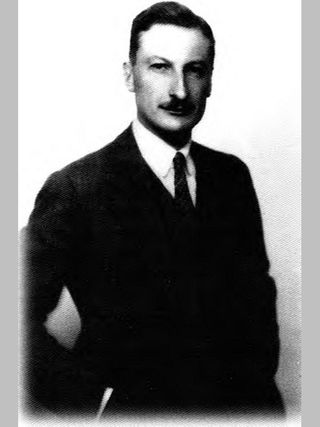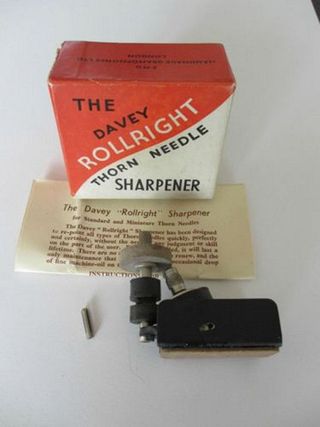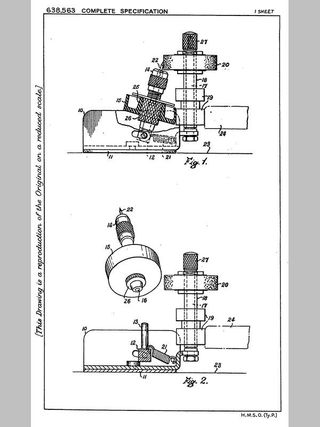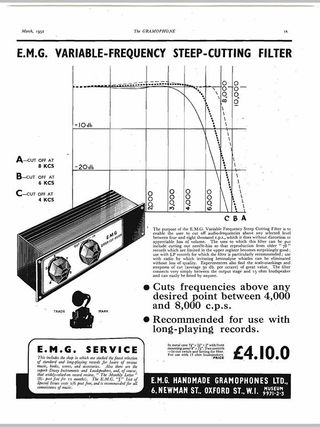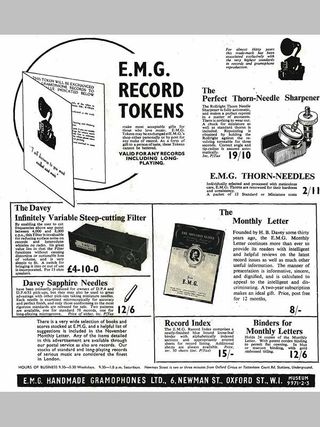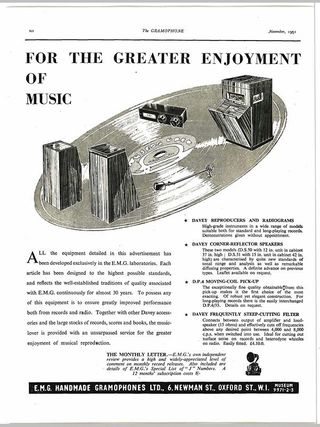Colonel Francis Granville Gordon Davey (1898 - 1968)
The Wireless expert
Francis Davey was Balfour's younger brother. He was an expert in Wireless installations having left the Royal Signals where he was testing radio communications equipment. He was a partner in a company called Wireless Music Limited who specialised in building high quality wireless and electrical installations. He also worked with Percy Wilson and in 1929 came up with a new formula for needle track alignment. With his brother Balfour working at E.M.G, it was inevitable that they should join forces and introduce the wireless to the new range of electrical reproducers being designed at E.M.G.
Frank Davey began to design wireless equipment especially for E.M.G. The DR1 and DR2 (Davey Reproducer) had rave reviews in The Gramophone magazine. He then designed a pickup the DP1 especially for fibre needles. With the end of the acoustic era the new electrical reproducers and radiograms became E.M.G’s life blood.
In WW2, Frank Davey was posted again to the Royal Signals. This time to the Research Establishment at Malvern, where he was appointed Deputy Commandant. He was then sent to Harrogate to set up signal interceptor stations to monitor German communications, a vital part of cracking the secrets of the German Enigma code machine.
After the war, Frank diversified, branching into other fields. He invented a micro-wave intruder alarm, he even got some of his most advanced equipment into Buckingham Palace and into a nuclear arms store in Wiltshire. Unfortunately these devices were far too ahead of their time and subsequently unreliable for commercial use.
Back at E.M.G, the Davey’s started to produce a whole range of inspired Corner Reflex Speakers (DCR range). The Davey Reproducer range went to DR35 which was still being produced until the late 1960’s. By the early 1960’s E.M.G were also producing the DTB series (Davey Transistor Brick) of amplifiers and pre-amps. These Hi-Fi reproducers are now highly sought after collector’s pieces but unfortunately are often cannibalized for their very rare and valuable parts. A handmade Davey valve amplifier is a thing of beauty, in design, conception and purity of reproduction. The internal parts were of the highest quality and often can be revived to their former glory with minimal renovation.
With Frank’s death in 1968, E.M.G started to concentrate on the records and less on the Hi-Fi side of the business. Increasingly they resorted to putting together sound systems using off-the-shelf parts. These were finely tuned to the usual E.M.G high standards but gone the days of the bespoke Hi-Fi.
Colonel Francis Davey patented a whole array of inventions.
